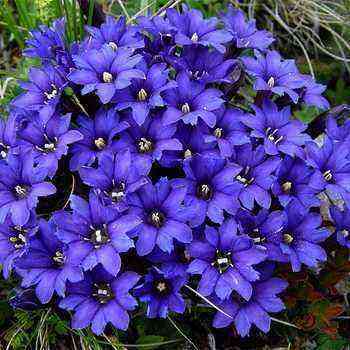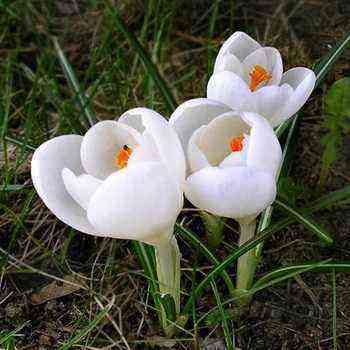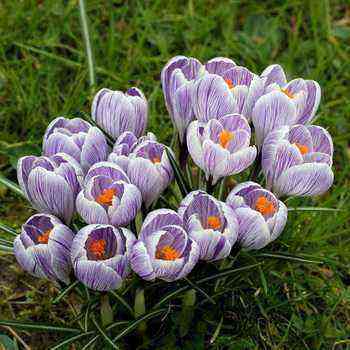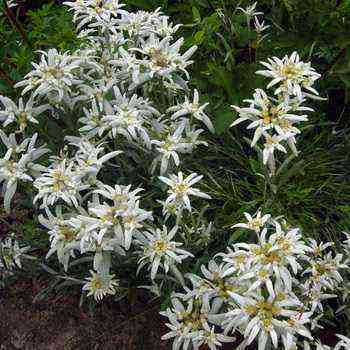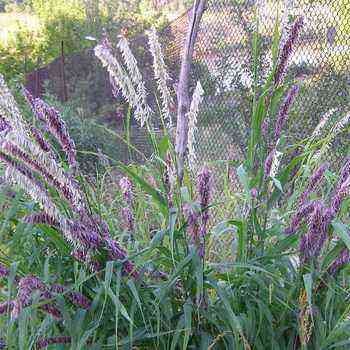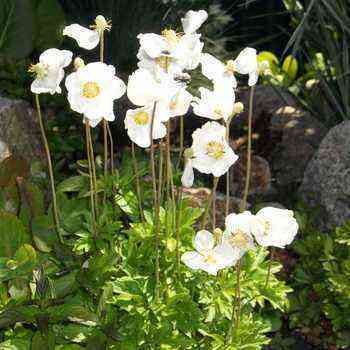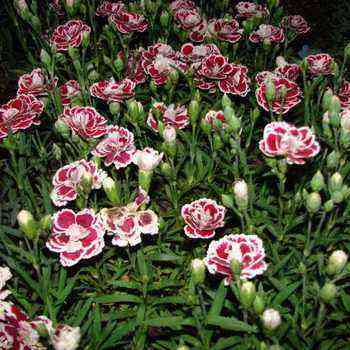 Unfortunately, these blue-eyed beauties in nature are becoming less and less (a flower called the liverwort (Hepatica) is listed in the Red Data Books of all regions where they grow), and you rarely see them in gardens.
Unfortunately, these blue-eyed beauties in nature are becoming less and less (a flower called the liverwort (Hepatica) is listed in the Red Data Books of all regions where they grow), and you rarely see them in gardens.
In the summer, under the lush greenery, you may not even see the leaves of the liverwort, because by the end of the season they may die off. But in the spring you cannot pass by. Everyone saw how beautiful the liverwort looks at this time: each bush adorns up to fifty azure flowers.
And if you remember that this happens when the ground is still bare and most of the garden’s inhabitants are just waking up, it will immediately become clear: the liverwort is the favorite of the spring garden. Housewives build whole multi-colored compositions from different species of this plant.
The description of the forest liverwort is found in medieval texts, it is relevant to this day. The leaves of this plant are 3-lobed, bent to the ground. Interestingly, when they just make their way out of the ground, they have a reddish tint, but when they fully develop, they become a dark green tint. They are quite dense as they contain most of the nutrients. The stem, on the other hand, is thin, it does not have a supply of water and minerals.
As for the flowers of this plant, they grow one by one in a hairy receptacle. But there are at least 10 of them on the bush itself. The color depends on the species. Natural color is blue. But the colors of garden species can be from white to lilac.
What does the liverwort of different types look like: photo and description
Liverwort is a herbaceous plant that belongs to buttercups. In nature, it is most often found in forests. The flower loves a temperate climate, therefore it is widespread in the middle zone of our country.
The native of central Russia is liverwort noble (N. nobilis)… The color of her flowers is bright blue. But the species is changeable (white and pink-flowered forms were selected). The species is also found in Europe. Cultivars with a spotted leaf are bred there.
In the collectible gardens, you can see double forms with blue and neon pink flowers. They bloom about two weeks later than the species plant.
In the photo you can see what a terry liverwort looks like. See what delicate flowers this plant has:


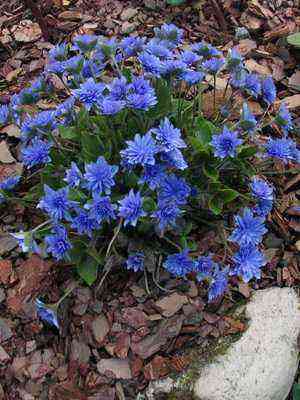

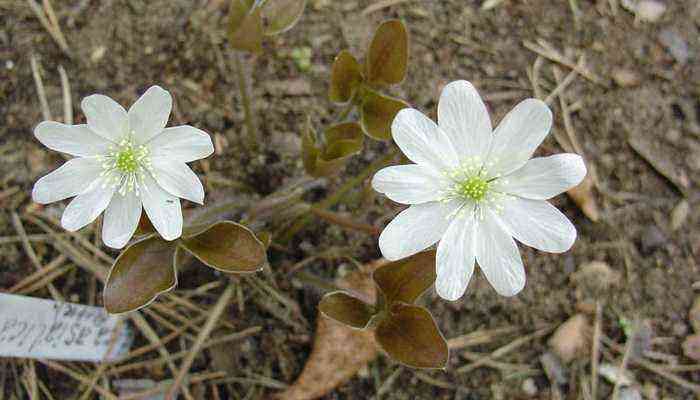
Close view – Asian liverwort (N. asiatica)… It is difficult for a layman to distinguish her from a noble liverwort.
The Japanese worked on the selection of the species, as a result of which numerous varieties were bred with unimaginable color and shape of flowers. Alas, these varieties are extremely rare in culture even in Europe, and the price of a cut can reach several thousand dollars.
Look at how beautiful the Asian liverwort looks in the photo, but its biological description clearly makes us understand that it will not take root in the gardens:

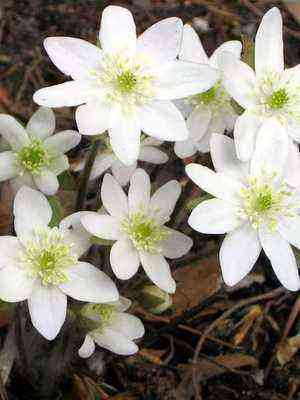
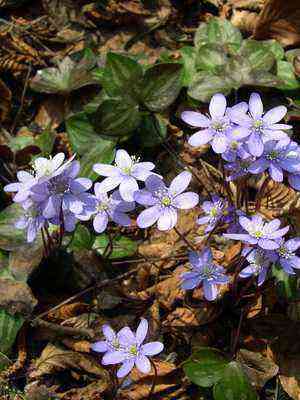

The flowers are most often white or purple, less often pink. But since this plant sheds its leaves by winter, it is difficult for it to survive the frosts. It is grown only in some botanical gardens, where it can provide the high humidity and comfortable temperature necessary for it.

Transylvanian liverwort (N. transilvanica) different from other species. Its leaf is more graceful, it blooms a little later than the noble one.
Caring for the Transylvanian liverwort is a little easier than for other species of this plant.
Growing experience allows gardeners to say that the plant is more resistant to fungal diseases. Bushes that are not affected by the fungus can be safely divided and transplanted to other areas, thereby making your garden more lush. A sick flower must be constantly monitored and the affected parts must be cut off so that the disease does not destroy the entire bush. That is why most often the Transylvanian beauty takes root in the garden more easily and grows thicker.
On the photo is a flower of the Transylvanian liverwort: see what large flowers this species has:
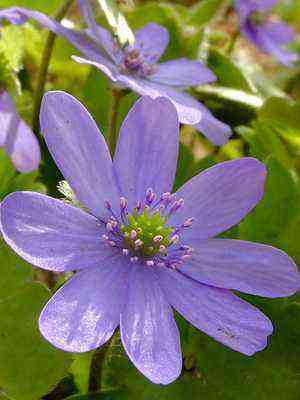

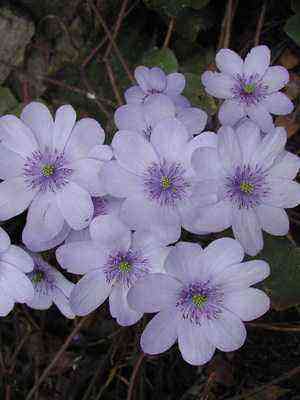
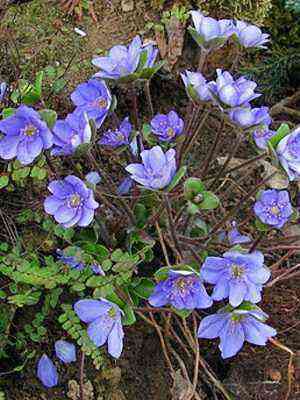
Next, you can get tips for growing a liverwort in your garden.
Tips for planting and caring for the liverwort outdoors
These are delicate plants: from year to year the bush grows, but rather slowly. As a rule, the more interesting the variety, the less it is in a hurry to multiply. It will not withstand the competition of powerful assertive plants; it must be protected from aggressors. But under favorable conditions, it produces self-seeding and naturalizes.
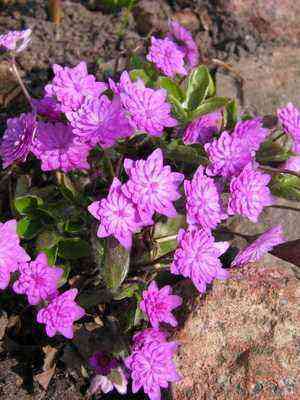

Only terry forms are not capable of producing seeds. Planting new liverwort bushes in this case depends on you – the plant will have to be propagated by division. You can divide them in early spring: before or even during flowering.
In the summer heat, it is better not to touch the plant. If you transplant it in the heat, it may not take root to die. Transplanting a flower in the summer is permissible only if you originally planted it in a very hot place and see that it dries up there. In this situation, you should find a shady place and try to transplant.
In the summer, it will be better to land the liverwort on a cool evening, and in this case, special care is needed. A fairly large hole should be dug so that the numerous roots feel free in the soil. You can add fertilizer right around the roots. After transplanting, water the plant, but do not flood it too much. Every two days during the week, you need to check how the flower has taken root, periodically water and fertilize it. If after a week the plant looks good, then it has taken root, and you no longer need to monitor it so carefully.


In order to better understand how to transplant this plant, look at the photo – it shows the planting of the liverwort and caring for it in detail and clearly.
In some years, the leaves of the flower are affected by the fungus: first, brown spots appear, then the leaf dies off.
You can fight the disease with the help of fungicides, but, as practice shows, the disease does not affect the development of the plant next year. It’s just worth cutting off diseased leaves or parts of them in time, if you could notice the fungus at an early stage.

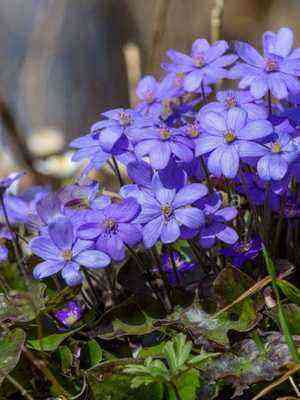
Planting a liverwort and caring for this plant in the open field is not very different from planting and caring for violets. The only thing worth considering is the acidity of the soil. Slightly acidic soil is suitable for liverworts. It is good to use compost and fallen leaves as mulch. Plants do not tolerate both drying out and flooding. If the leaves are well preserved in the summer, do not cut them off, they will overwinter and in the spring will give the plant the opportunity to receive nutrients.
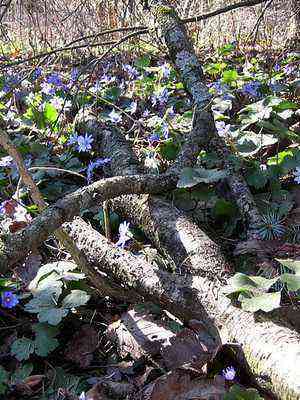

Liverworts grow in forests. In order for the cultivation of a forest liverwort in the garden to be successful, you need to try to bring the conditions closer to those natural for this plant. Therefore, a shady place should be chosen for them. Of course, with abundant watering, they will put up with the sun, but it is better to plant them among sedges, mountain goats and ferns.
Also daffodils, crocuses or primroses can be good neighbors for this flower. These are not very strong plants, so they will not “crush” a miniature lilac flower. Plus, together these flowers form a good composition, so they will look harmonious in your garden.
If you do not know next to which flower it is better to plant it, look at the photo of the liverwort next to other plants:





